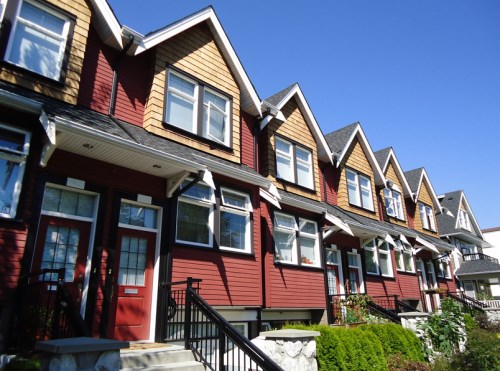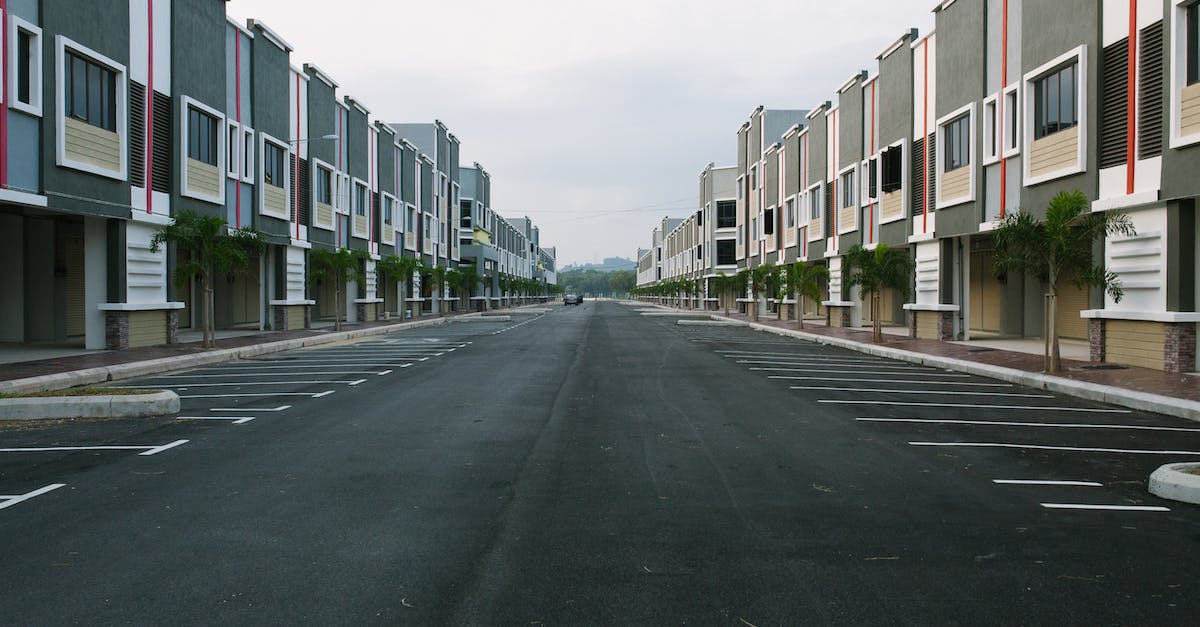A noticeable lack of available commercial and industrial space in Vancouver is pushing businesses and jobs into other provinces, according to analysts.
Despite an array of speculation-powered construction, the rate of demand still vastly outstrips the city’s supply by more than a million square feet a month.
“Developers are building on every vacant piece of dirt they own and it’s still not enough,” CBRE Group Inc. senior vice president of industrial properties Chris MacCauley told the Financial Post. “I have a line-up of clients looking for 4 million square feet in the Vancouver market right now. That equates to thousands of jobs and we just can’t find a place for it.”
At just 2.3%, the rate of available space is second lowest only to Toronto, which sports the least proportion of available commercial/industrial space in North America at 2.2%.
“Both cities have shortages and both cities have rents that are going up but Vancouver’s situation is more dire,” said McCauley. “You can still go an hour outside Toronto and find options, whereas here, because of the geographical constraints, once you hit 45 minutes outside the city, that’s it, you might as well go to Calgary.”
Read more:
While more than 8.5 million square feet of additional space is currently under construction in Toronto and Vancouver, most of this is already committed to tenants.
The recent years have seen the nation’s stock of and industrial real estate – estimated at just over 1.8 billion square feet at the end of 2017 – being rapidly gobbled up by the burgeoning e-commerce segment. Firms such as Amazon.com Inc. heavily depend on a widely distributed network of operation centres to ensure same-day or next-day delivery to customers.
The unprecedented demand and record absorption of land over the past number of years has made balancing the space requirements of residential, industrial, and commercial properties exceiptionally difficult, University of British Columbia real estate economist Tom Davidoff said.
“There is a trade-off of course,” Davidoff noted. “I would normally say follow the market’s lead but because jobs do more for government coffers, you probably do want to have your thumb on the scale a little bit in favour of commercial uses, including industrial.”
Ephraim is currently a journalist at Mortgage Broker News, Real Estate Professional and Canadian Real Estate Wealth.
Ephraim is a highly accomplished news reporter whose work has been published across North America and the Asia Pacific region. Before joining Key Media, Ephraim spent eight years working as a journalist with Reuters TV. His areas of expertise include real estate, mortgage, and finance.
LinkedIn | Email









